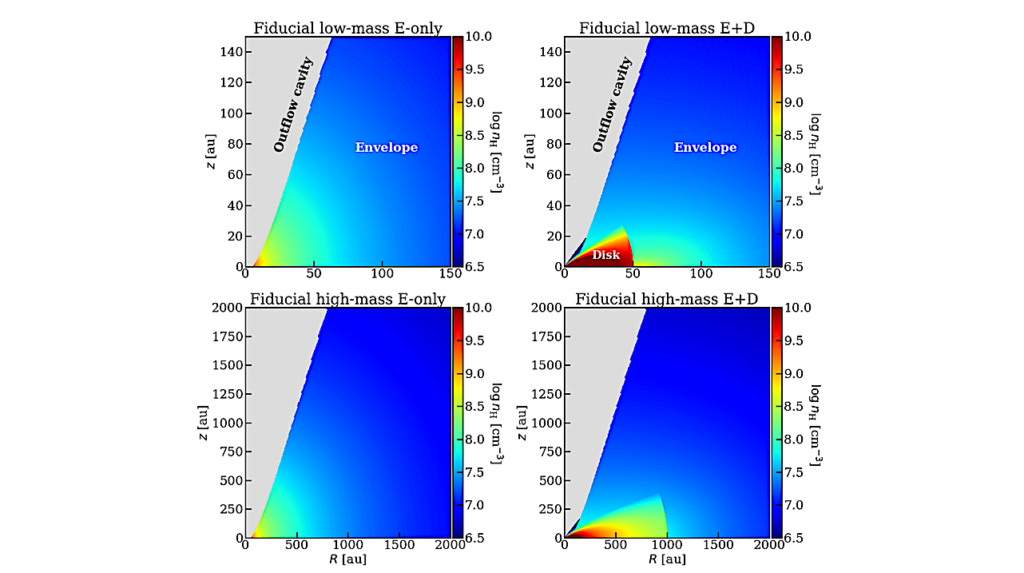The HH 212 Interstellar Laboratory: Astrochemistry As A Tool To Reveal Protostellar Disks On Solar System Scales Around A Rising Sun

The investigation of star forming regions have enormously benefited from the recent advent of the ALMA interferometer.
More specifically, the unprecedented combination of high-sensitivity and high-angular resolution provided by ALMA allows one to shed light on the jet/disk systems associated with a Sun-like mass protostar.
Also astrochemistry enjoyed the possibility to analyze complex spectra obtained using large bandwidths: several interstellar Complex Organic Molecules (iCOMs; C-bearing species with at least 6 atoms) have been imaged around protostars. This in turn boosted the study of the astrochemistry at work during the earliest phases of star formation paving the way to the chemical complexity in planetary systems where Life could emerge.
There is mounting evidence that the observations of iCOMs can be used as unique tool to shed light, on Solar System scales (< 50 au), on the molecular content of protostellar disk. The increase of iCOMs abundances occur only under very selective physical conditions, such as those associated low-velocity shocks found where the infalling envelope is impacting the rotating accretion disk. The imaging of these regions with simpler molecules such as CO or CS is indeed paradoxically hampered by their high abundances and consequently high line opacities which do not allow the observers to disentangle all the emitting components at these small scales.
In this respect, we review the state-of-the art of the ALMA analysis about the standard Sun-like star forming region in Orion named HH 212. We show (i) how all the physical components involved in the formation of a Sun-like star can be revealed only by observing different molecular tracers, and (ii) how the observation of iCOMs emission, observed to infer the chemical composition of star forming regions, can be used also as unique tracer to image protostellar disks on Solar System scales.
Claudio Codella, Cecilia Ceccarelli, Chin-Fei Lee, Eleonora Bianchi, Nadia Balucani, Linda Podio, Sylvie Cabrit, Frederic Gueth, Antoine Gusdorf, Bertrand Lefloch, Benoit Tabone
(Submitted on 10 Oct 2019)
Comments: To be published for ACS Earth and Space Chemistry
Subjects: Solar and Stellar Astrophysics (astro-ph.SR); Astrophysics of Galaxies (astro-ph.GA)
DOI: 10.1021/acsearthspacechem.9b00136
Cite as: arXiv:1910.04442 [astro-ph.SR] (or arXiv:1910.04442v1 [astro-ph.SR] for this version)
Submission history
From: Claudio Codella
[v1] Thu, 10 Oct 2019 09:12:38 UTC (2,697 KB)
https://arxiv.org/abs/1910.04442
Astrobiology, Astrochemistry








